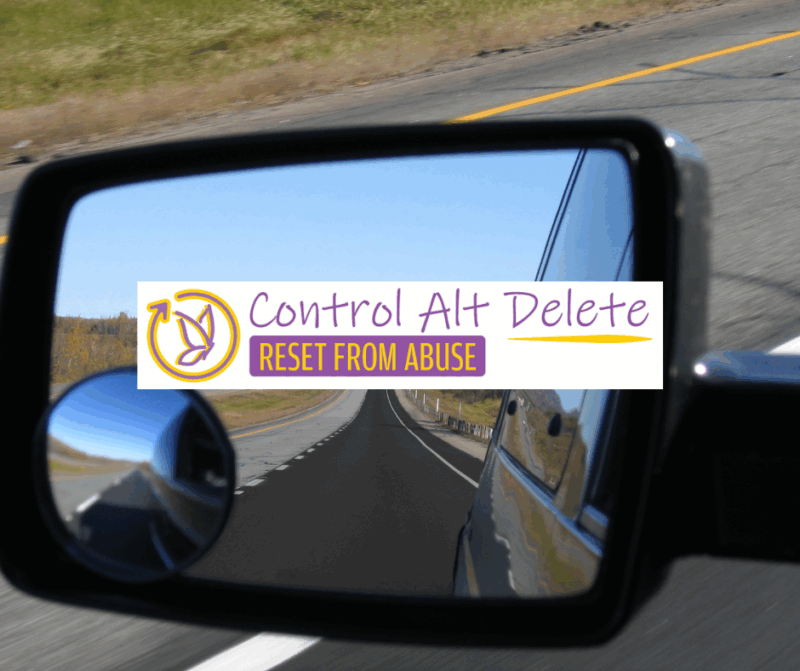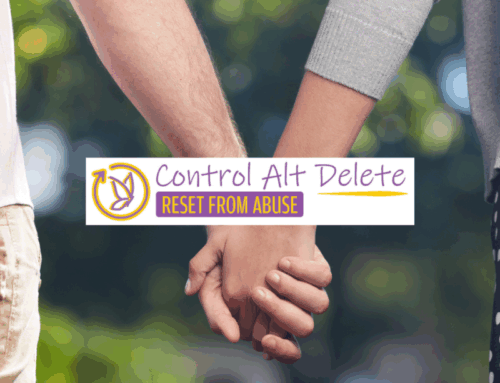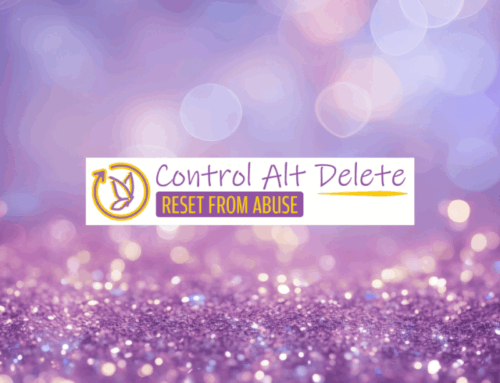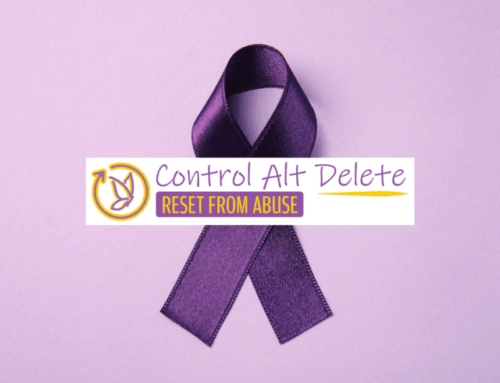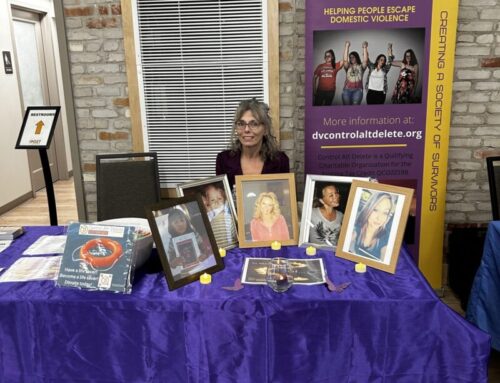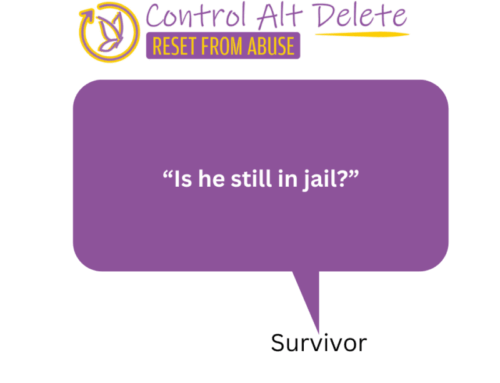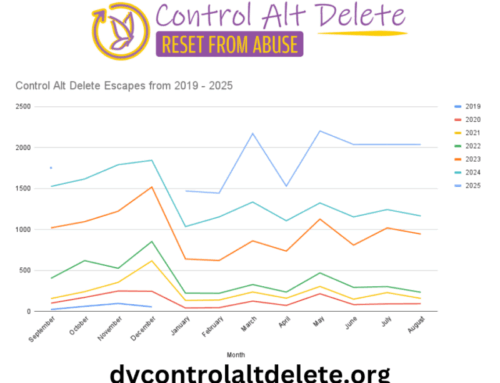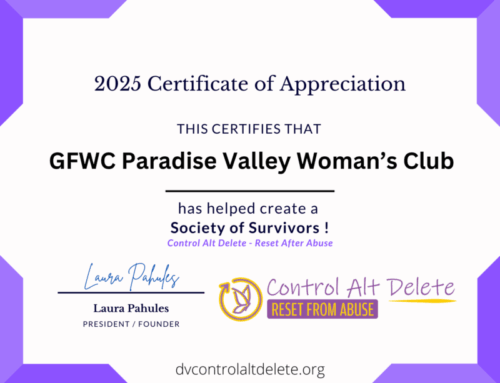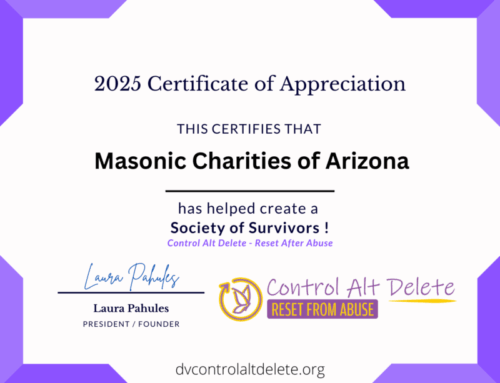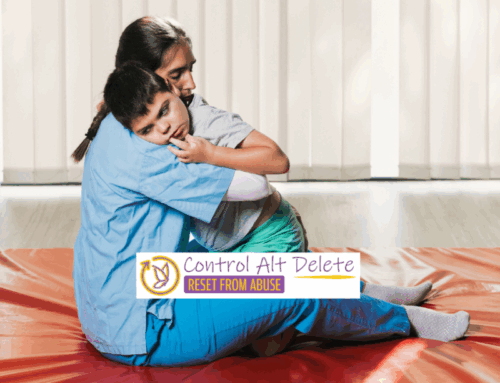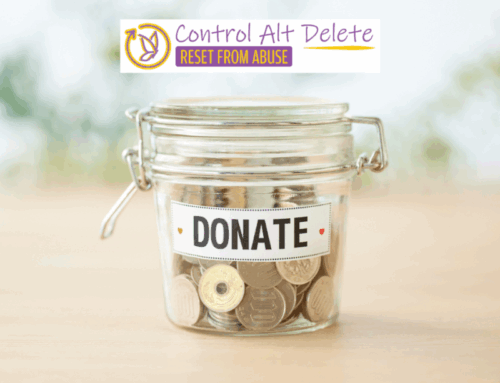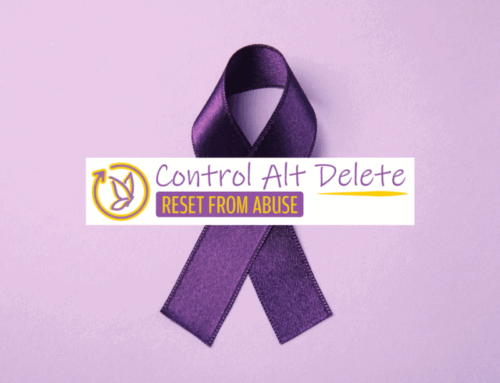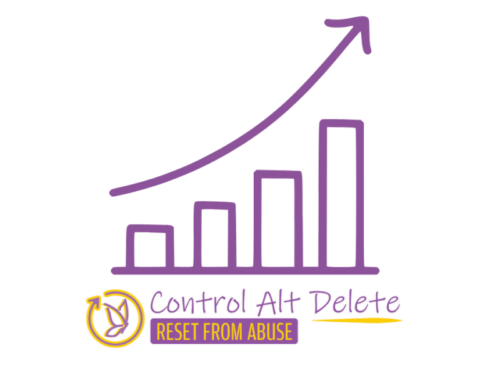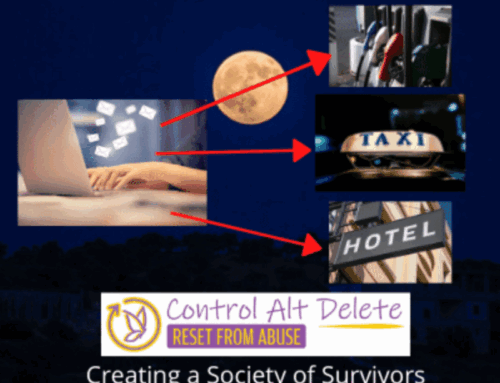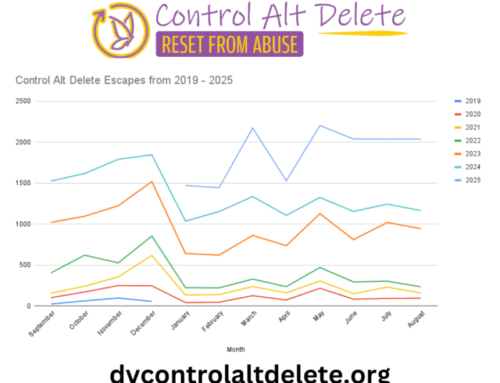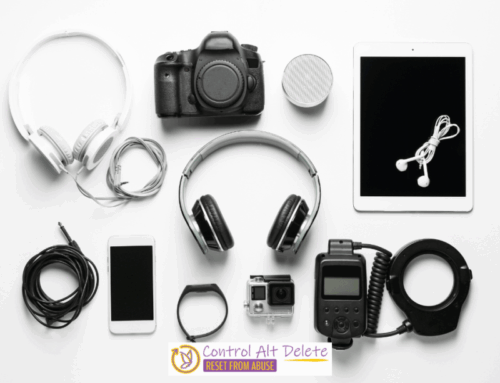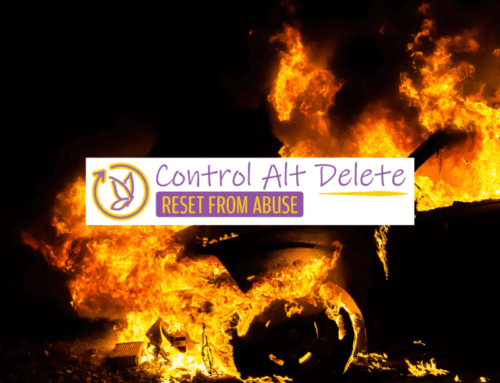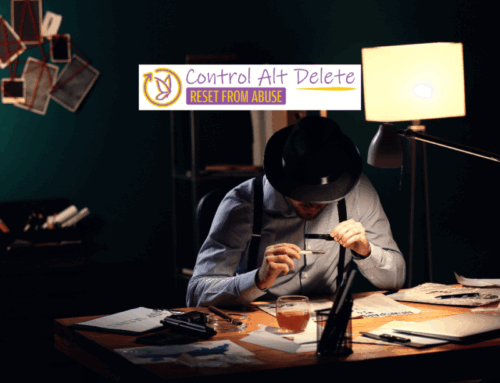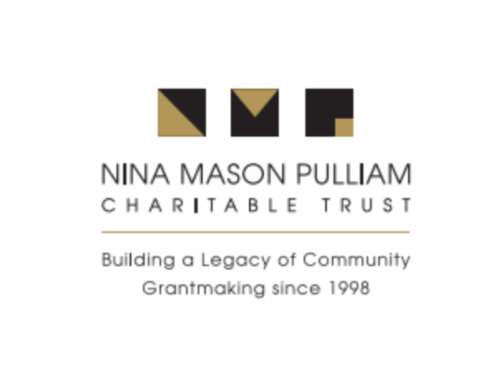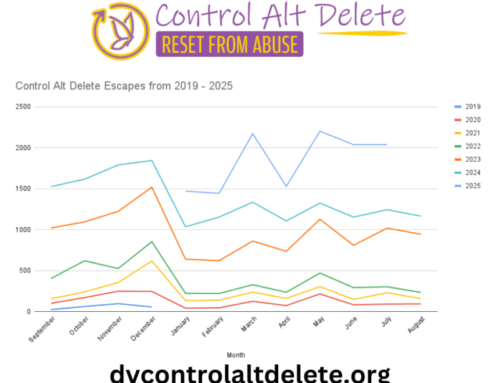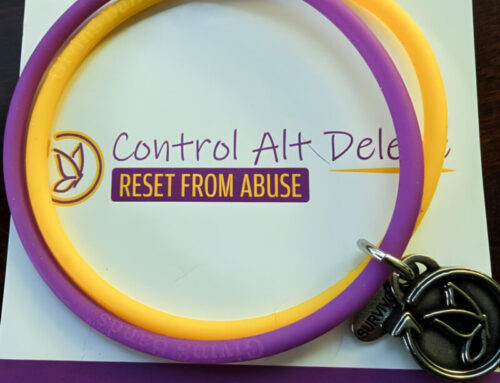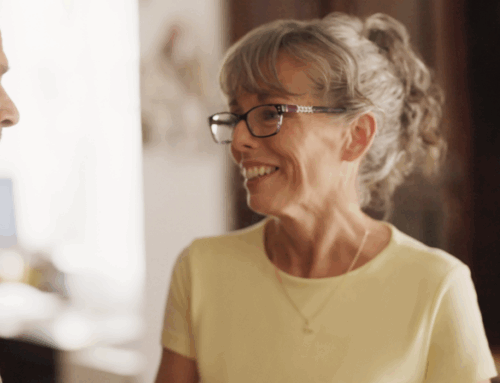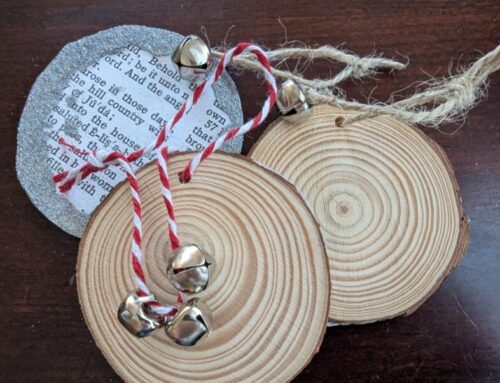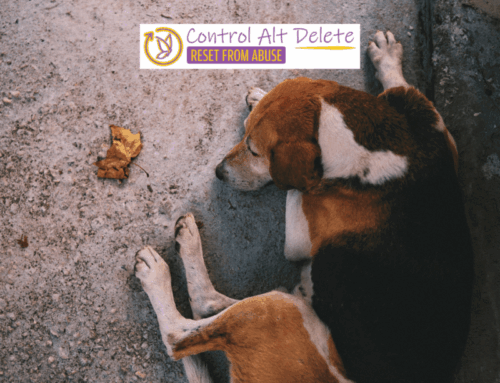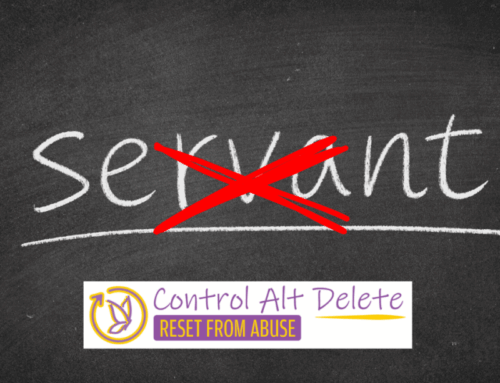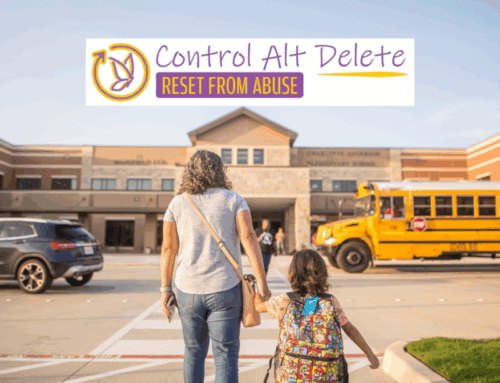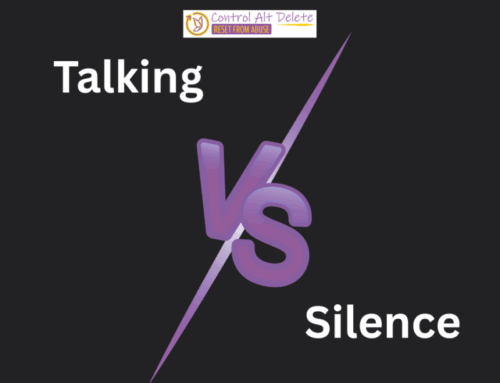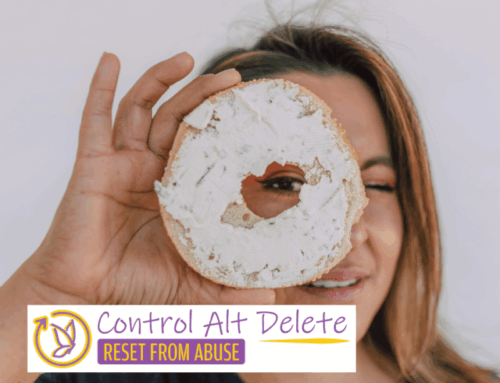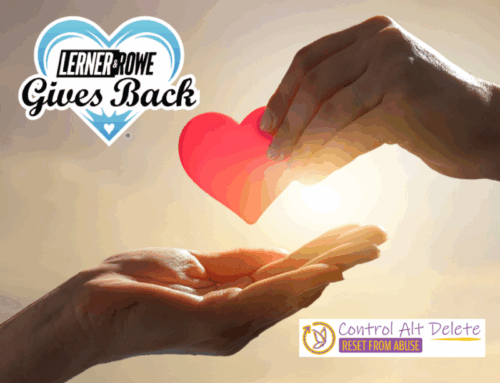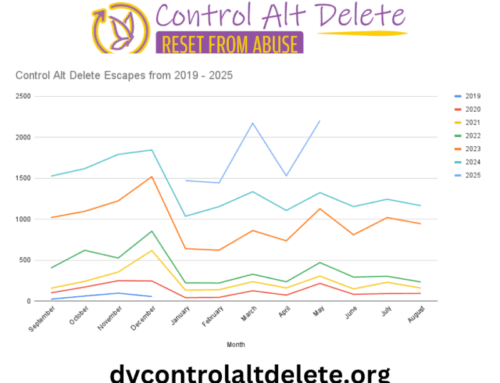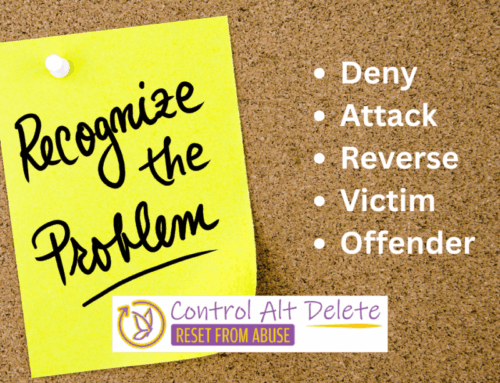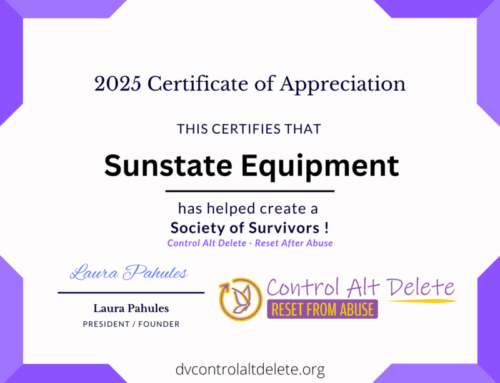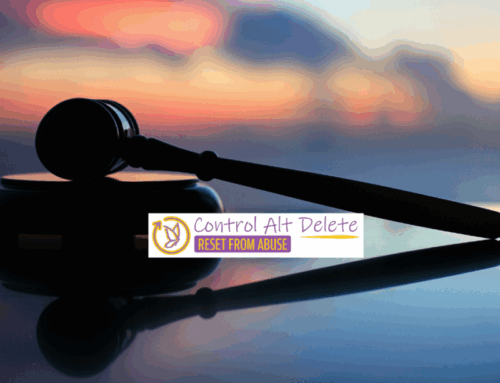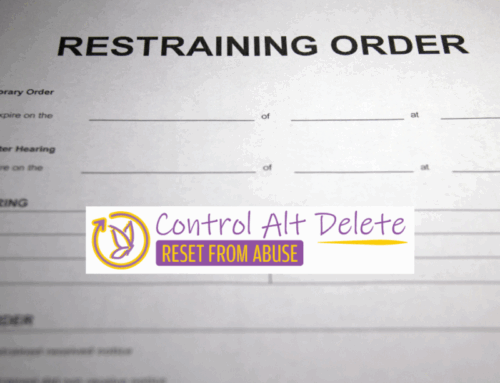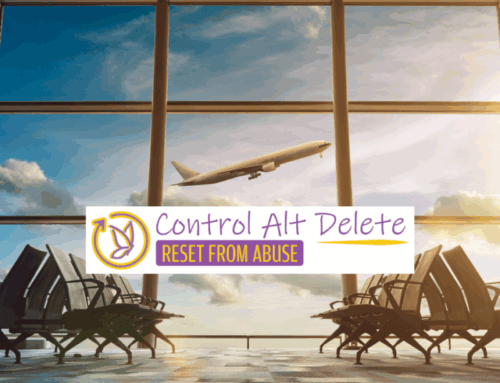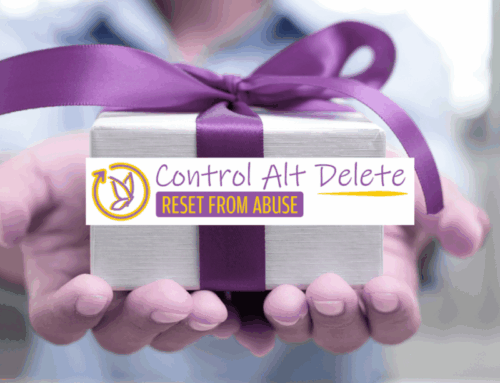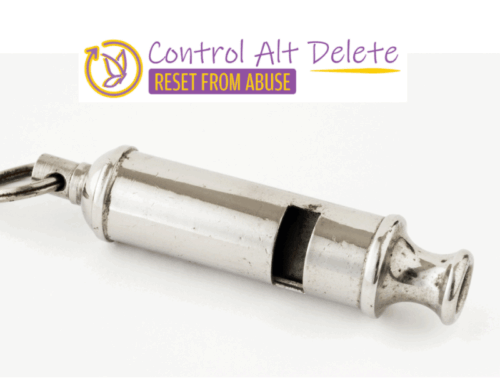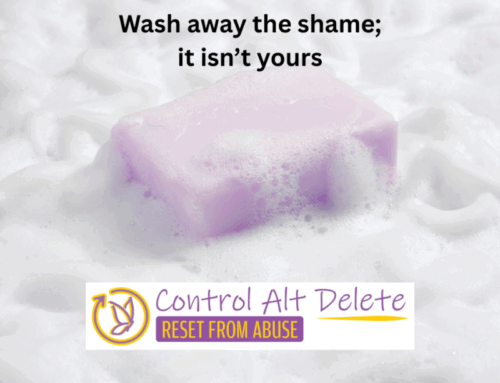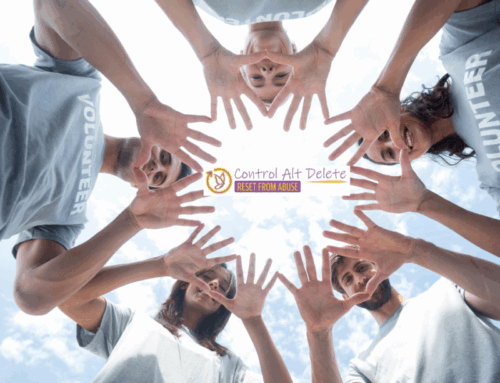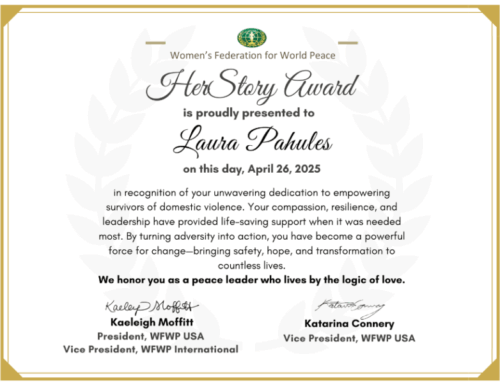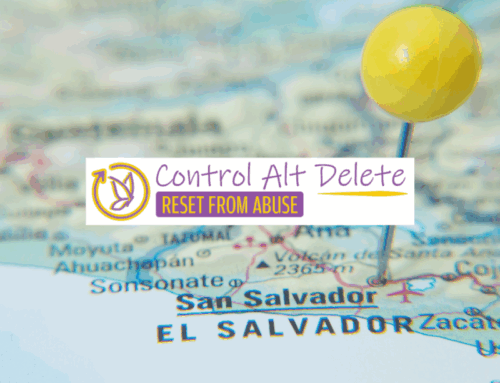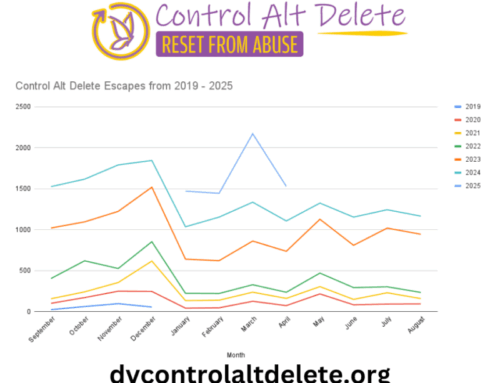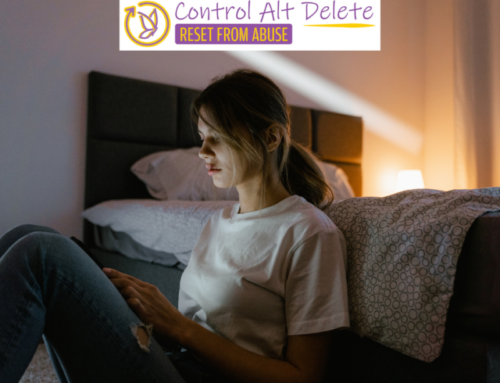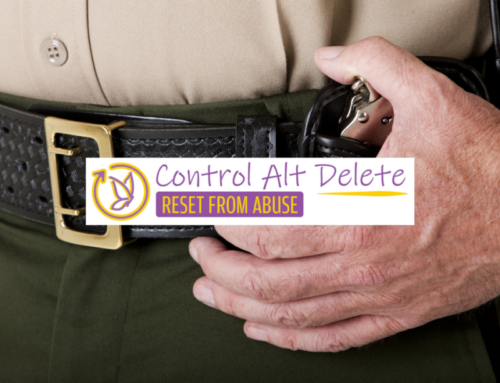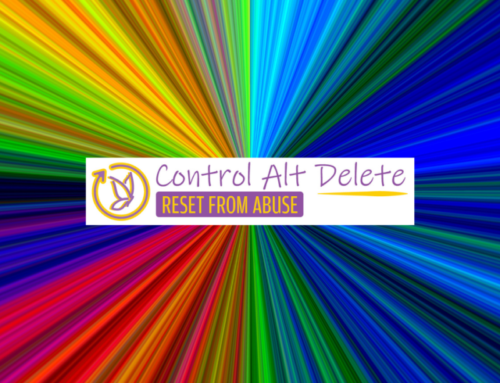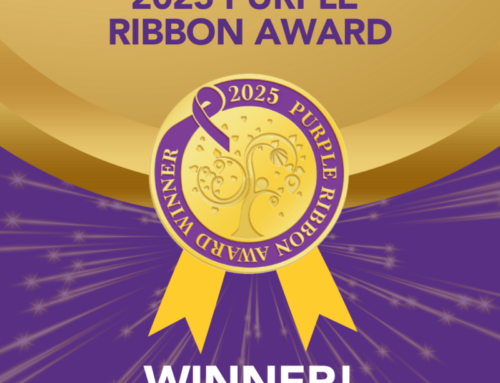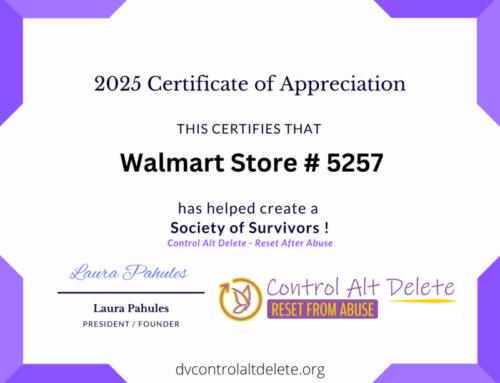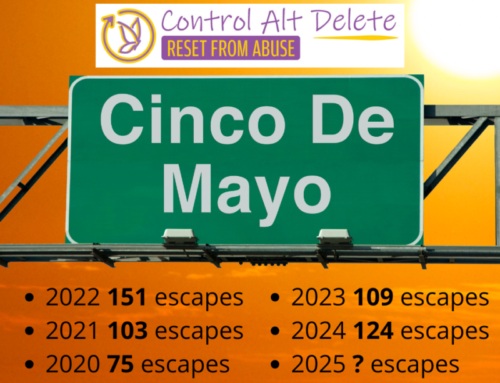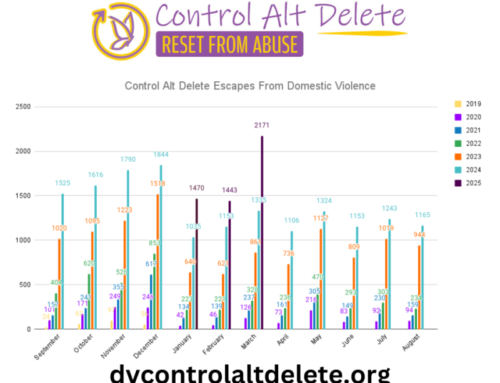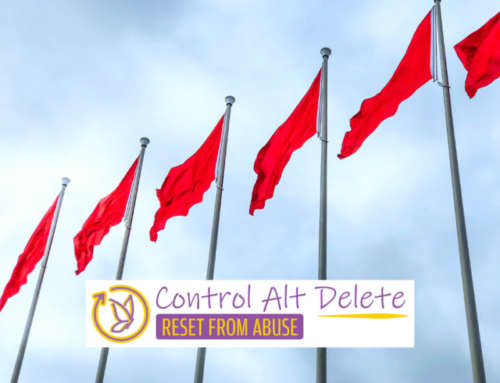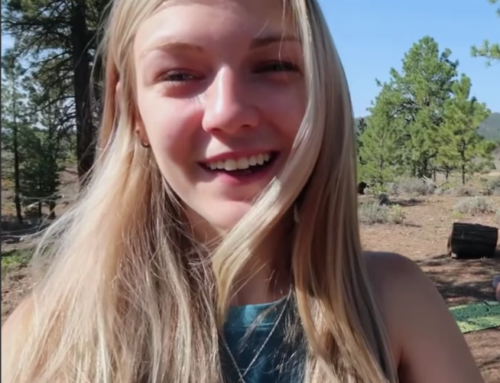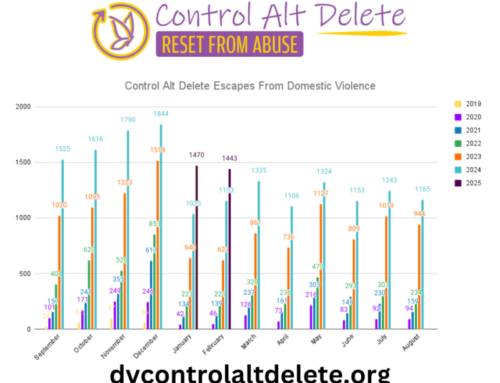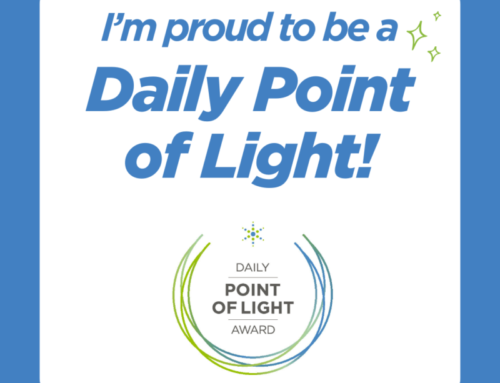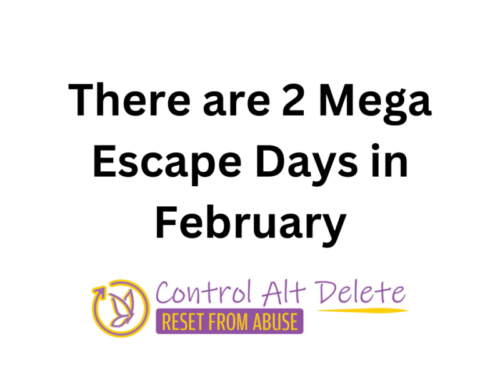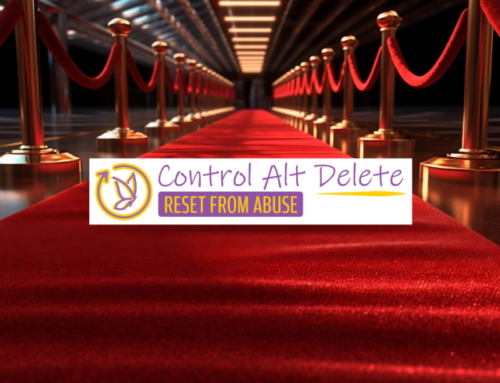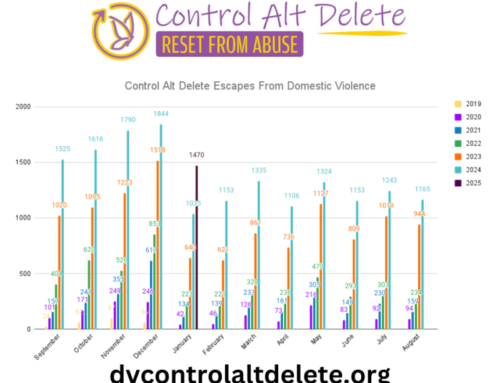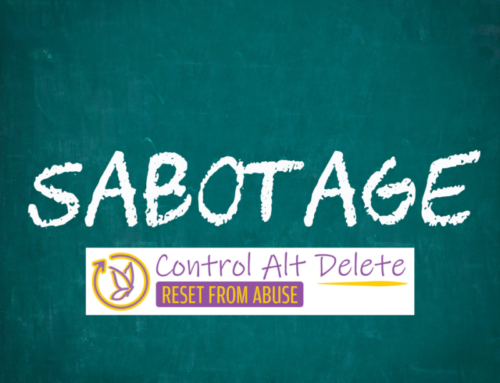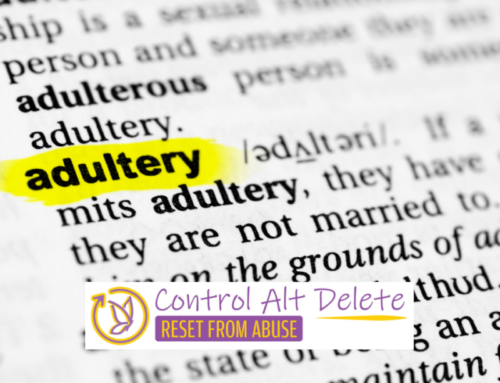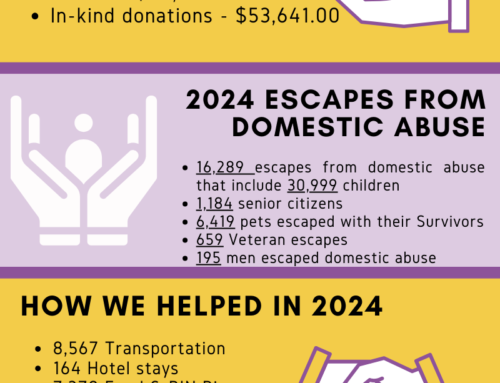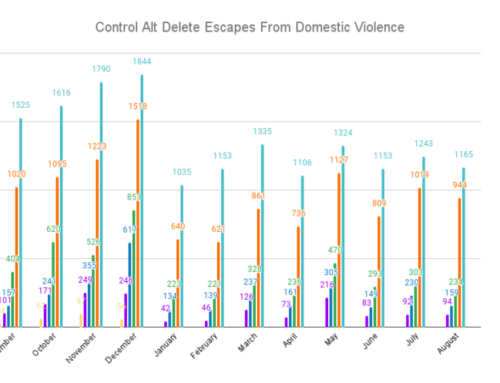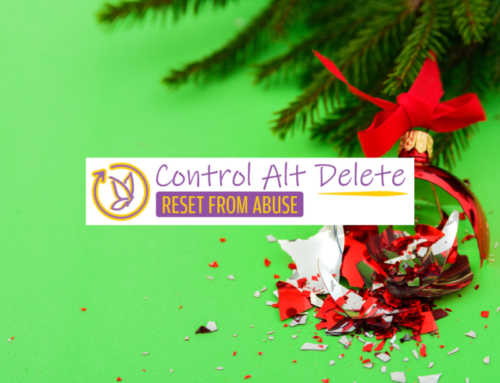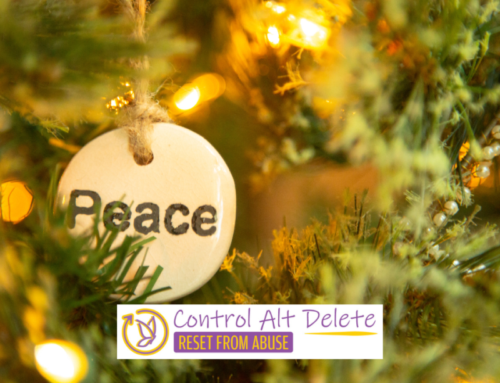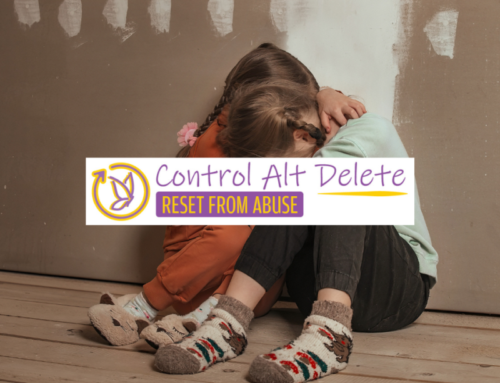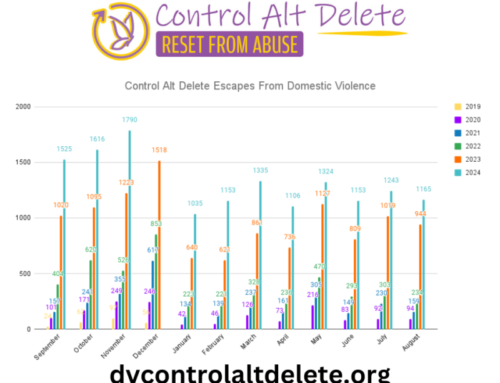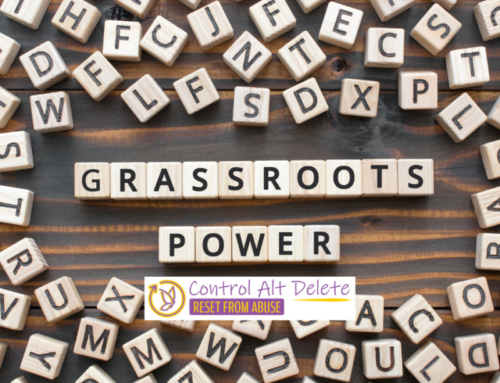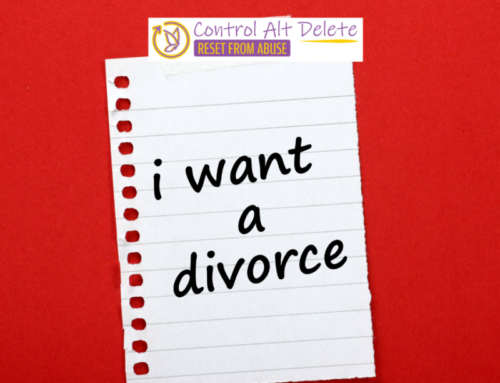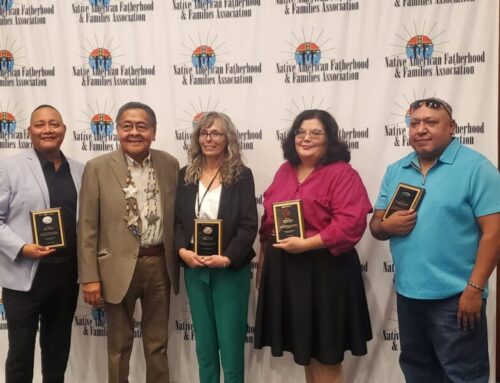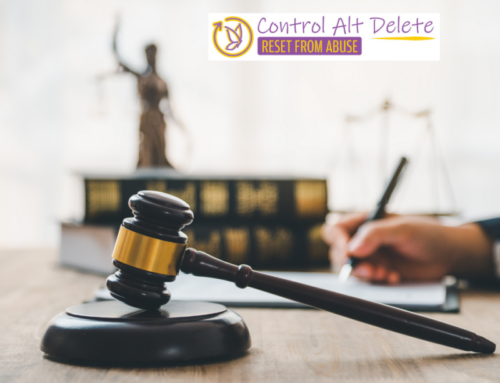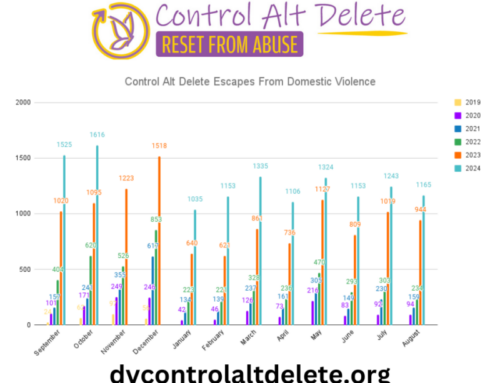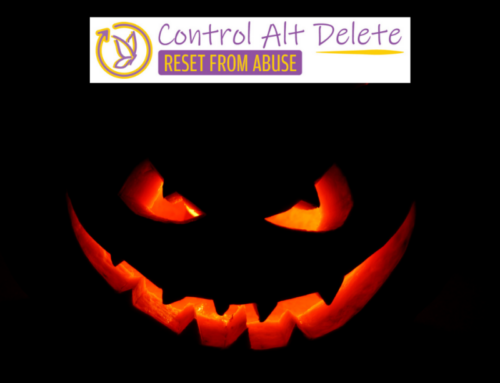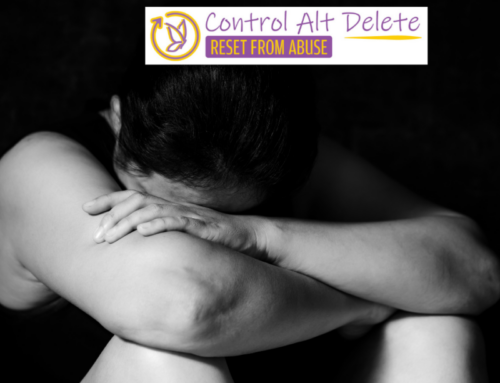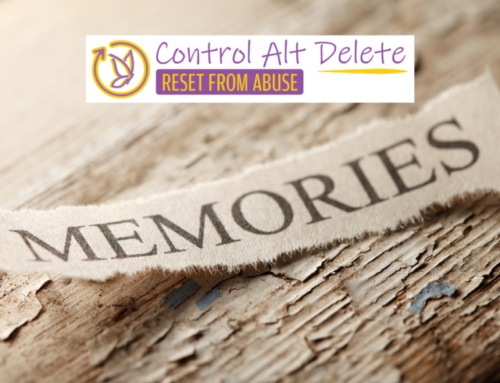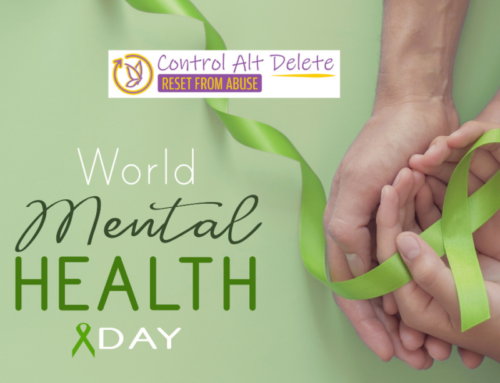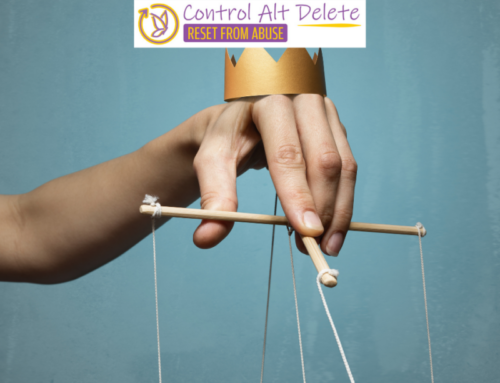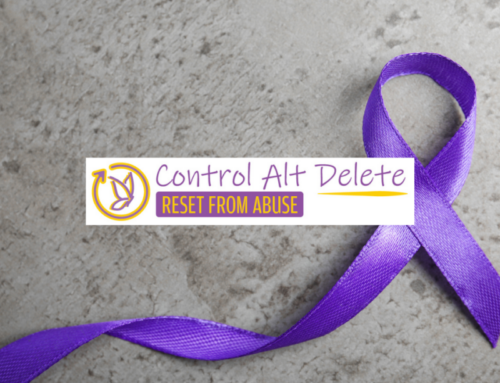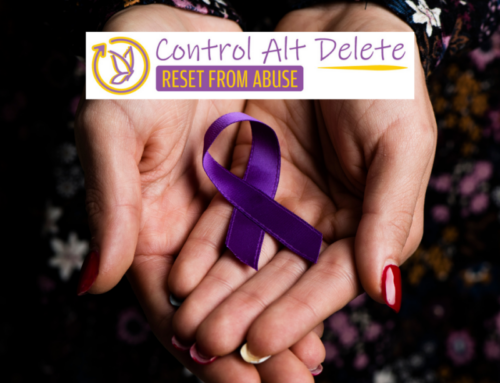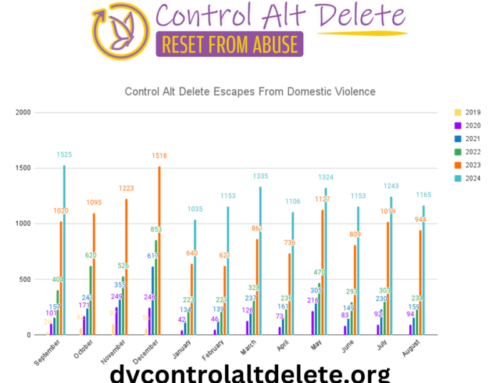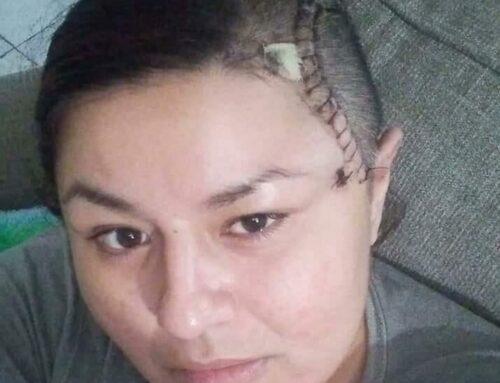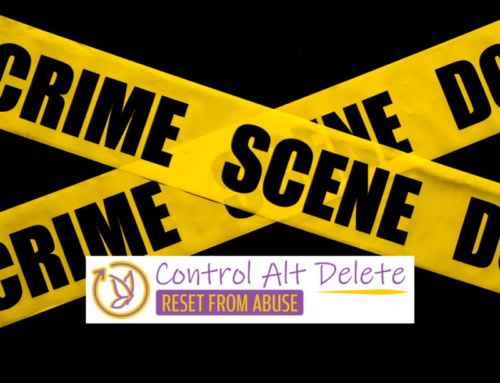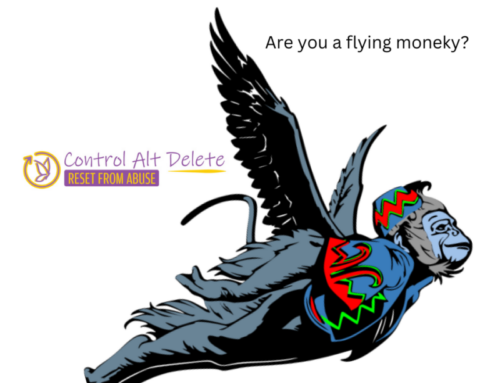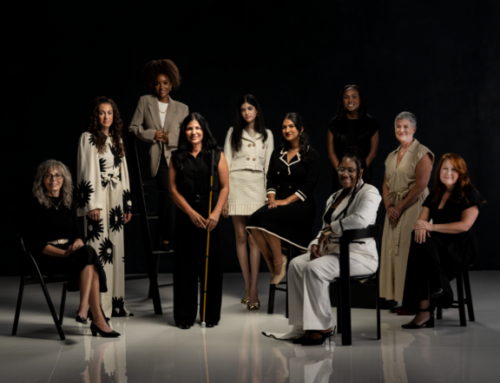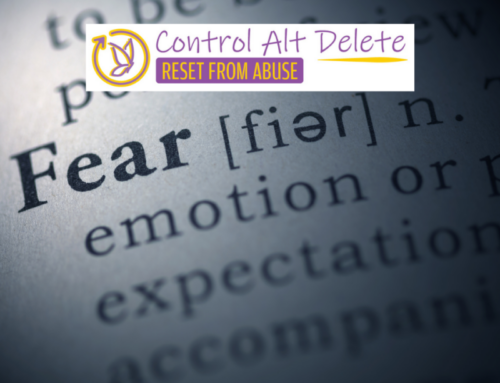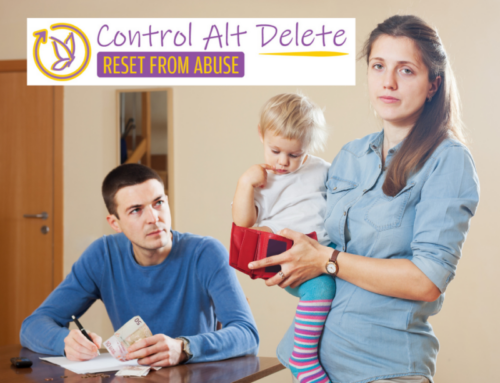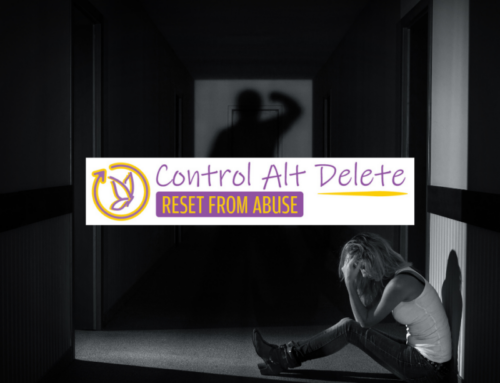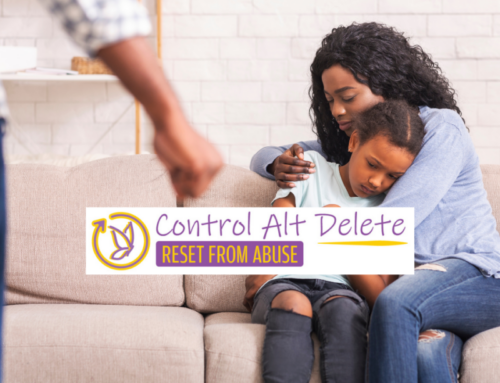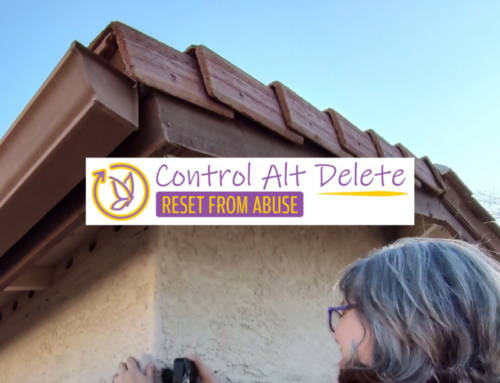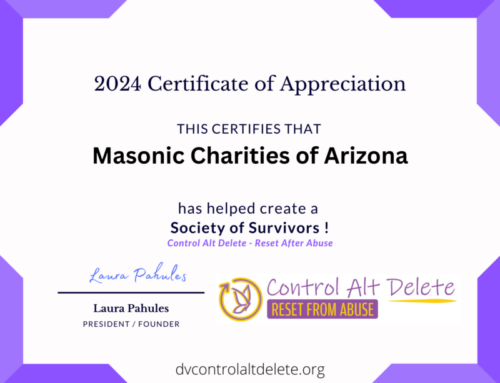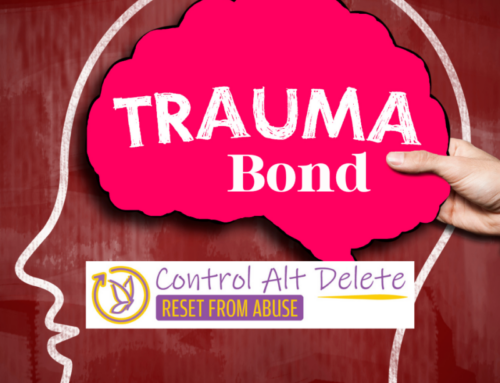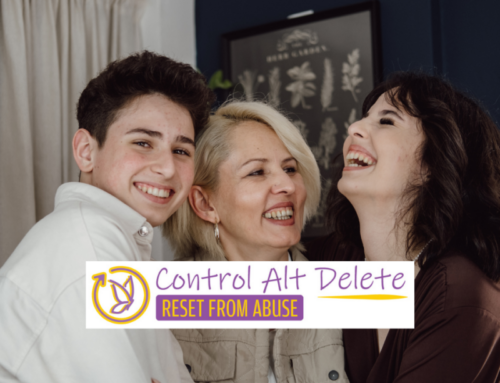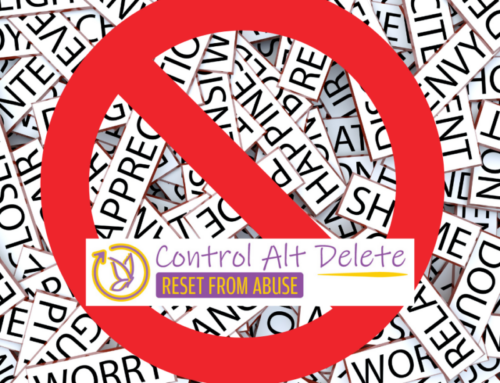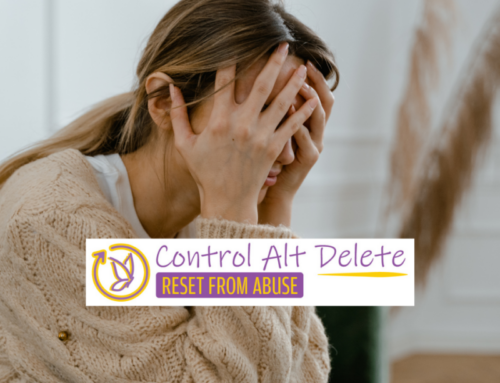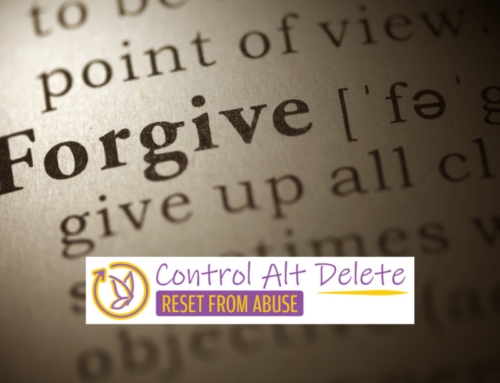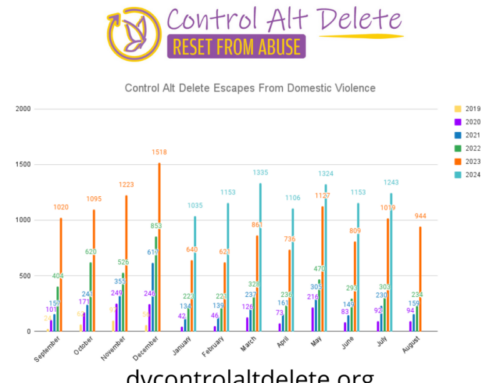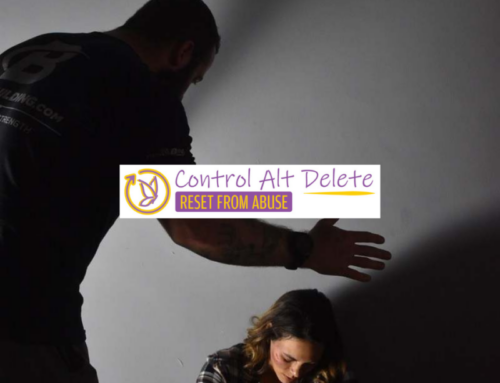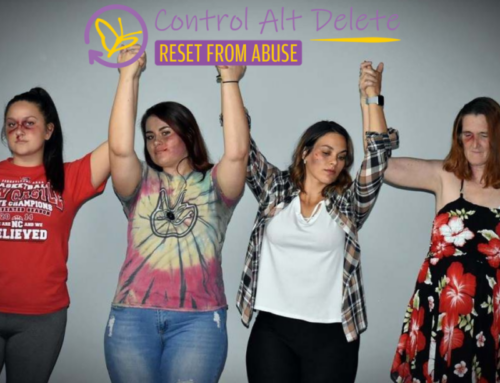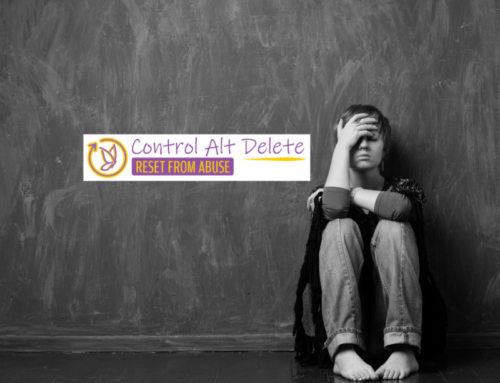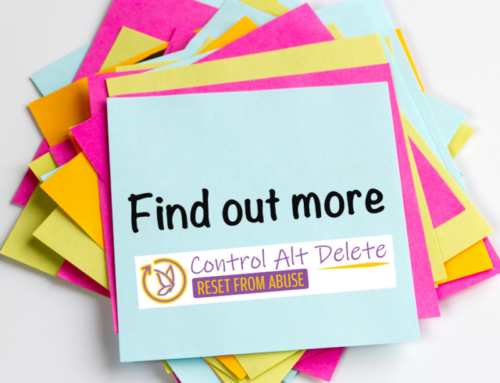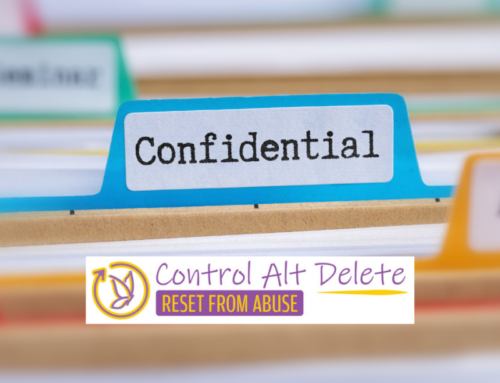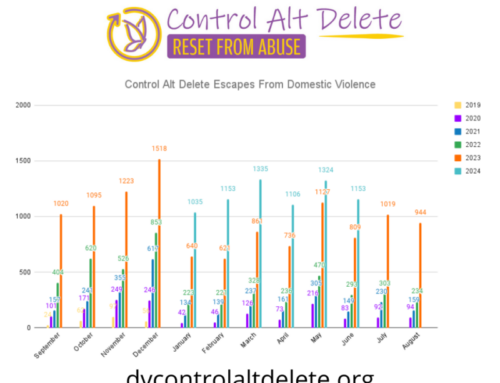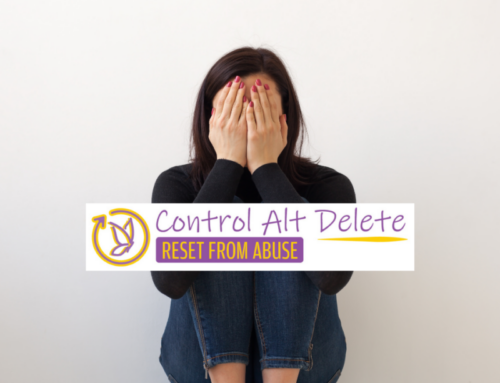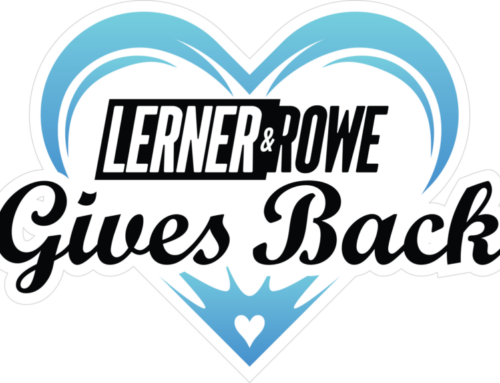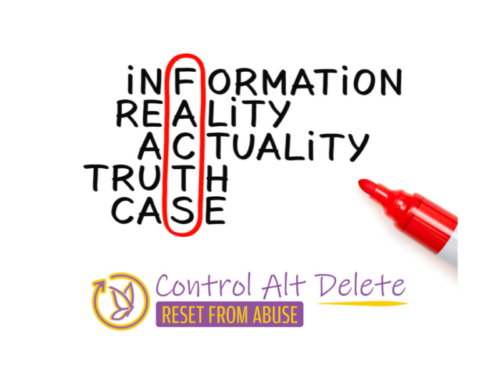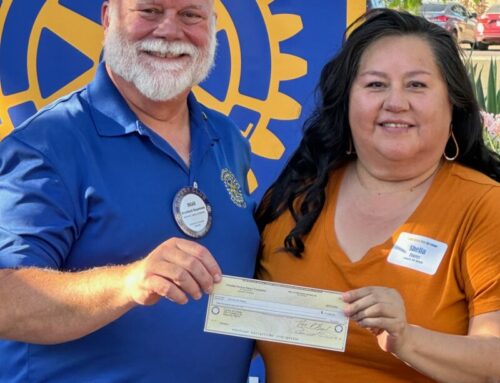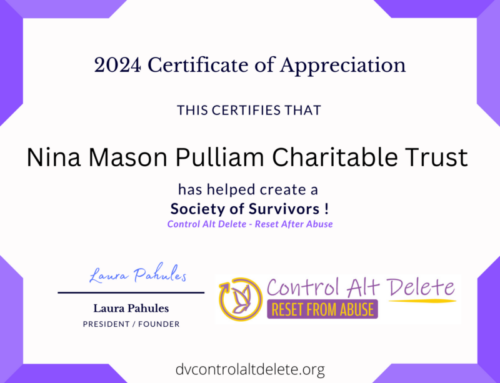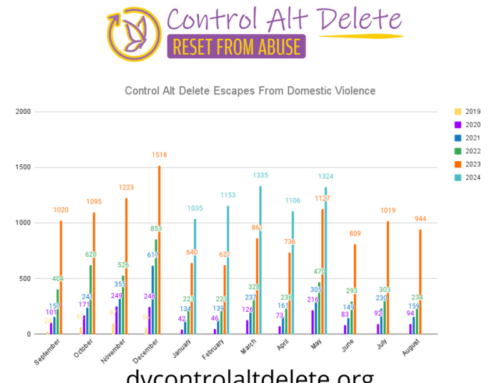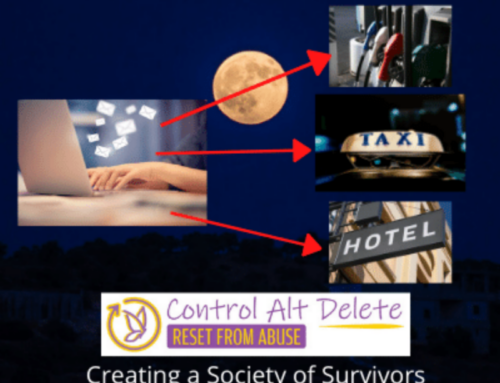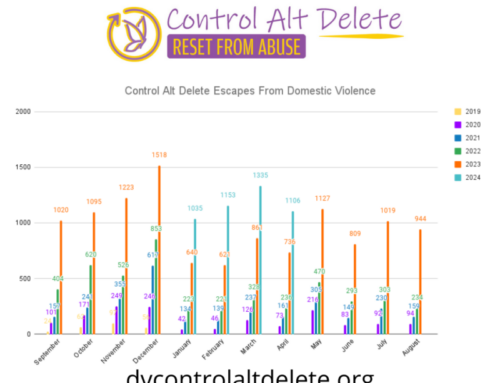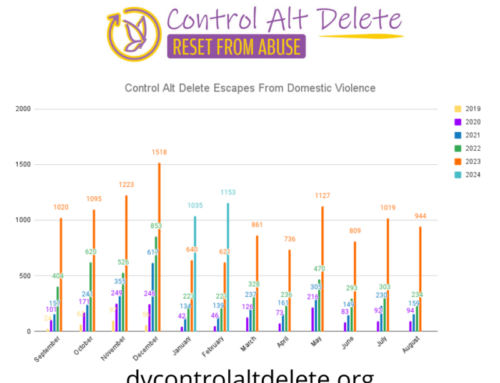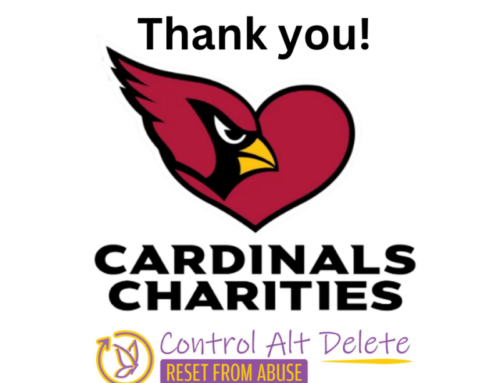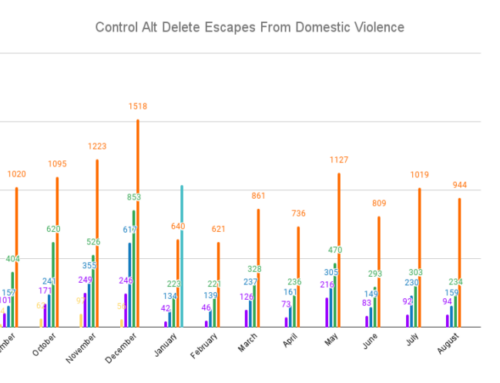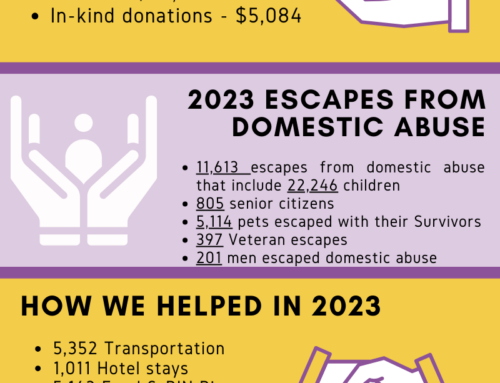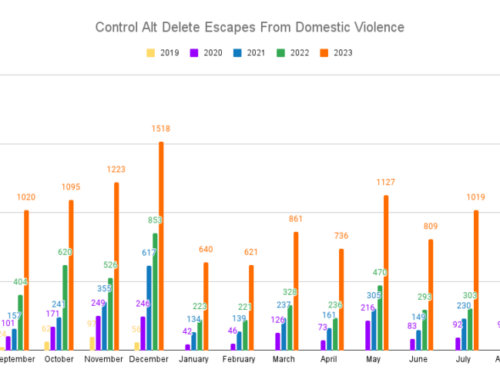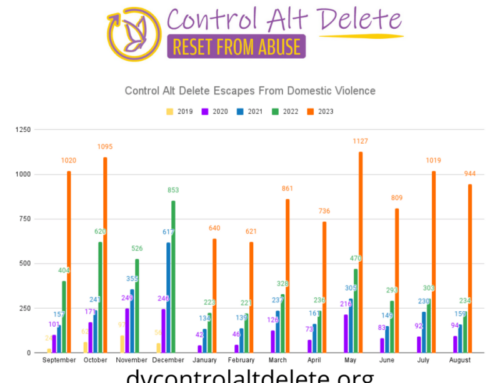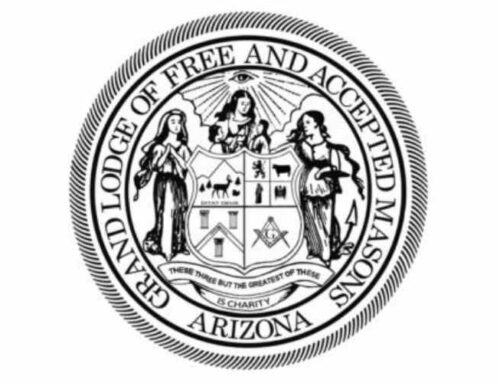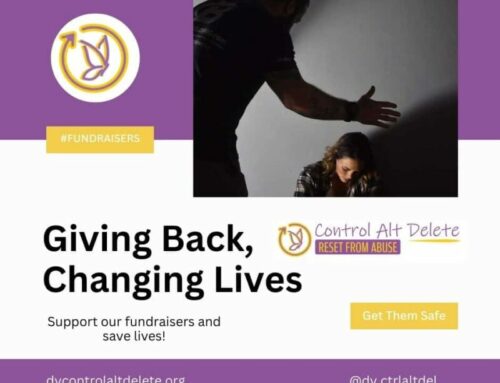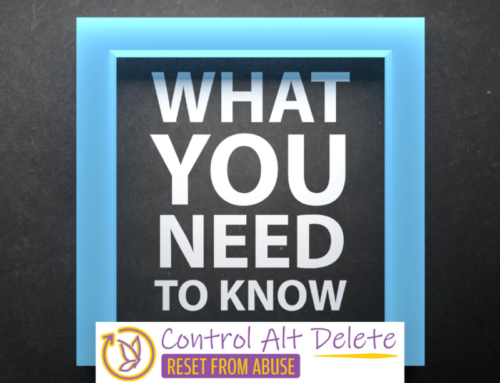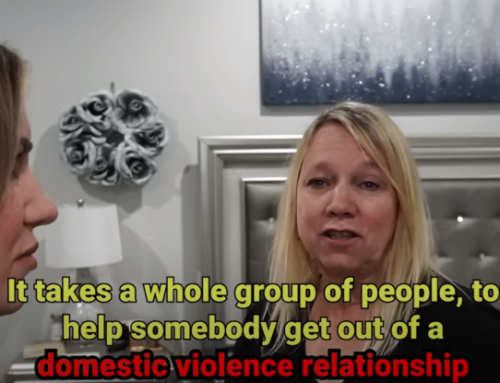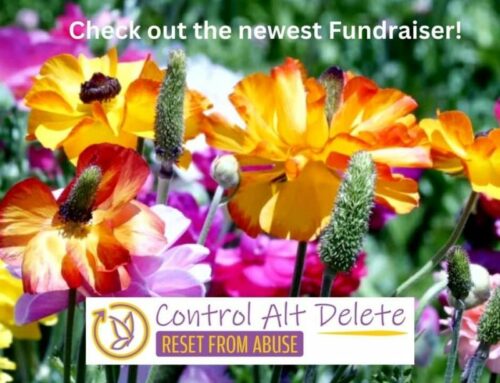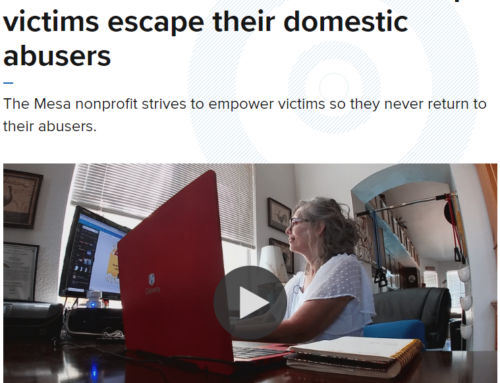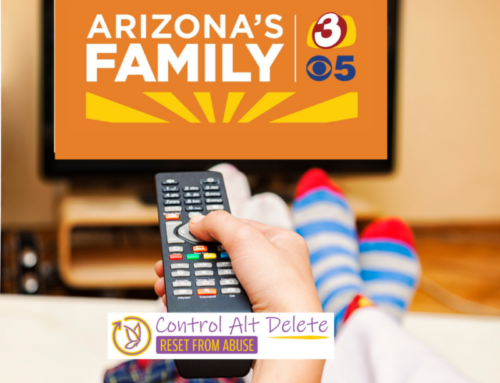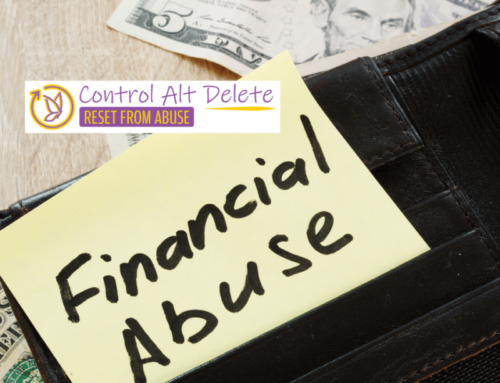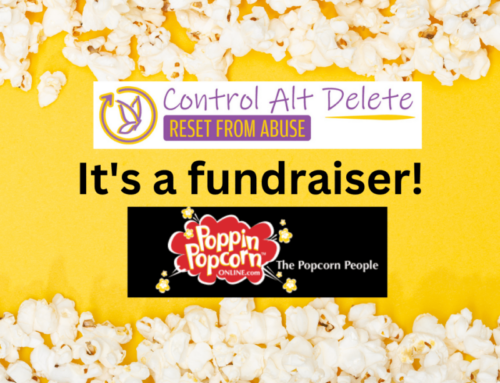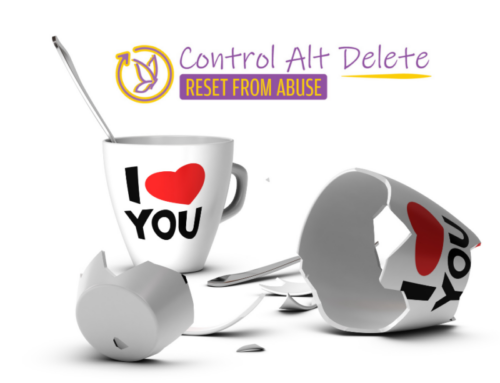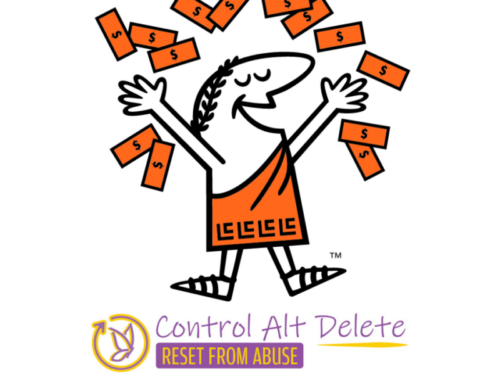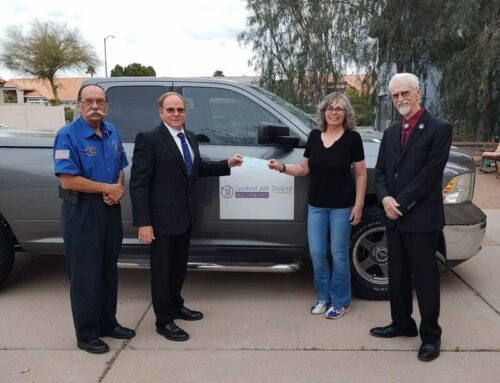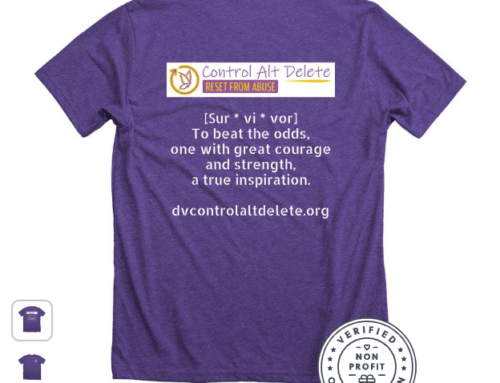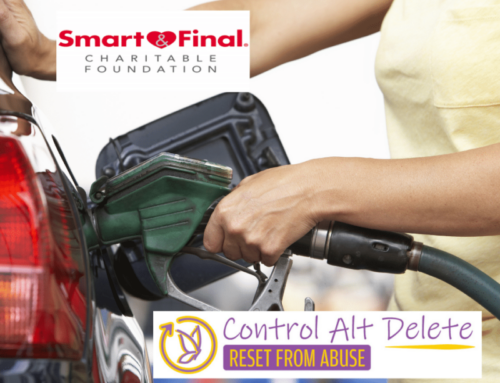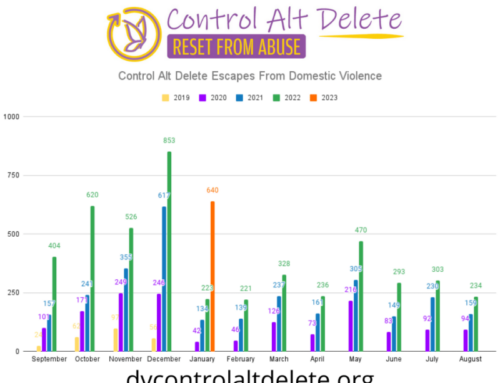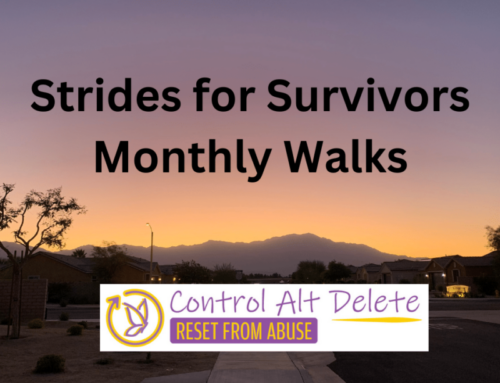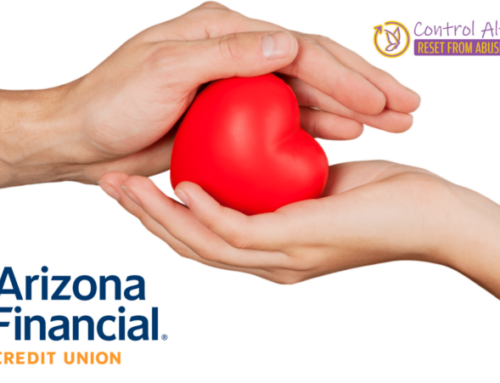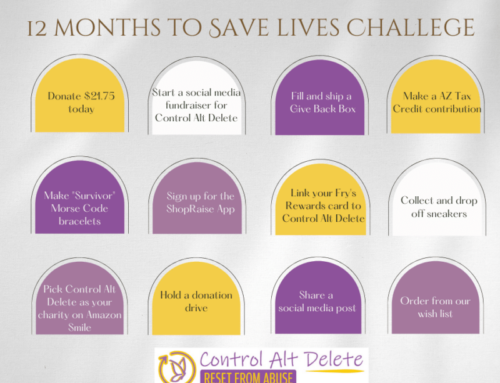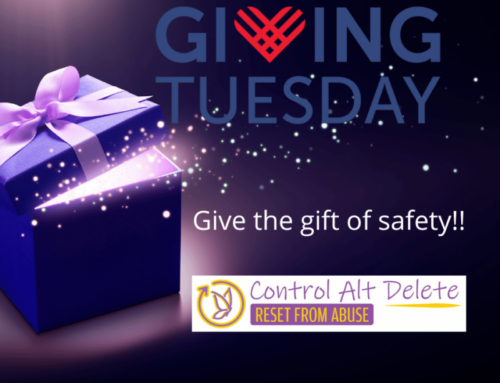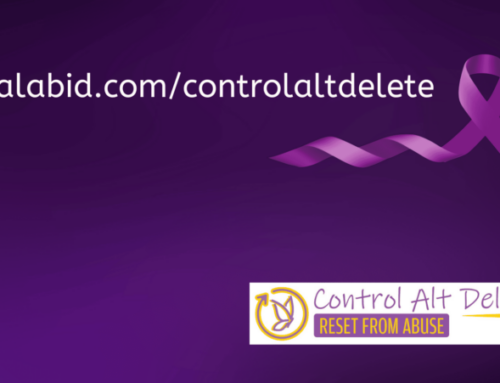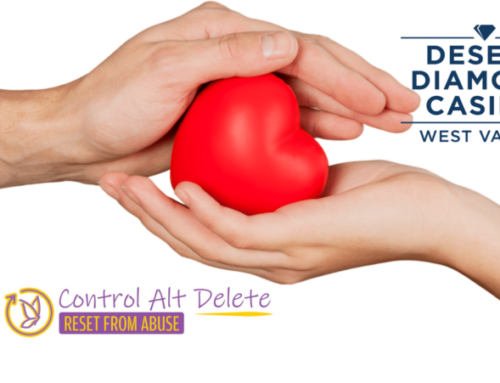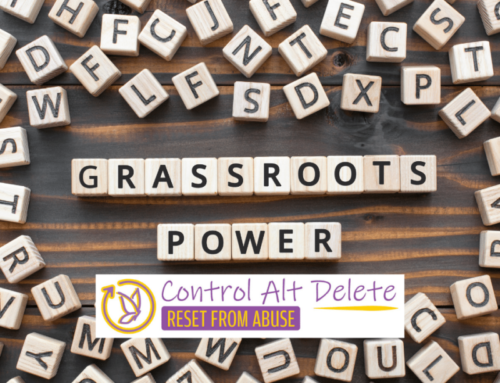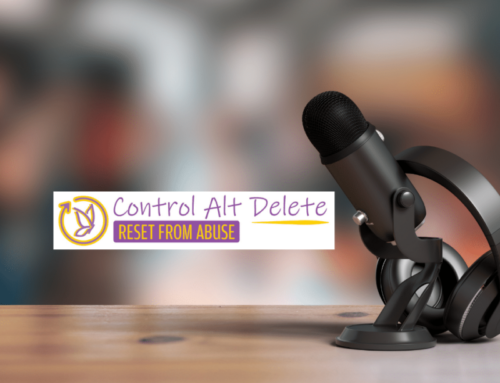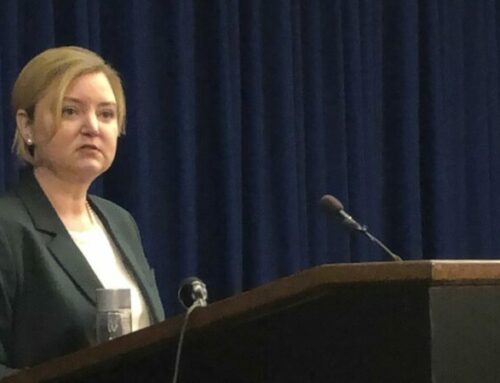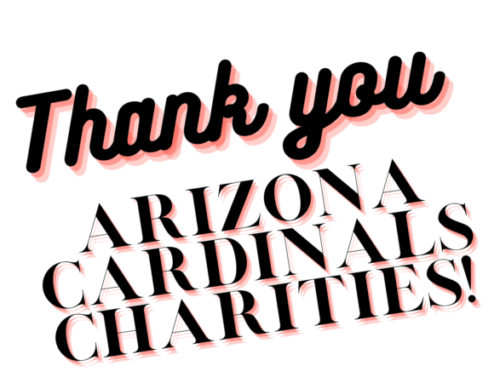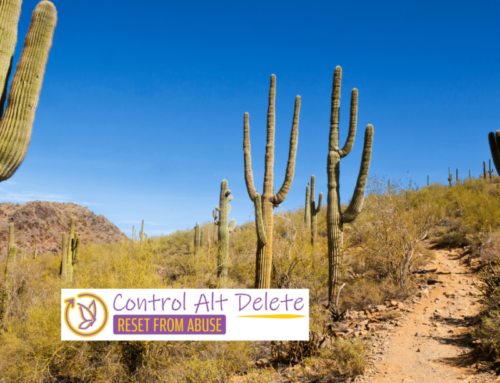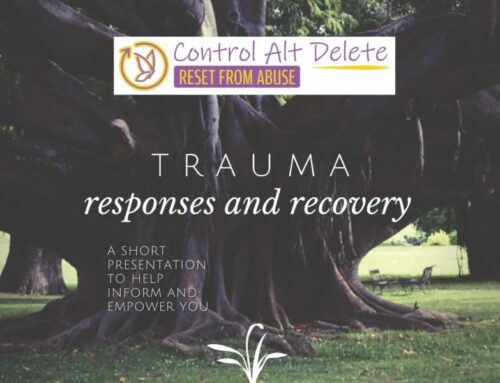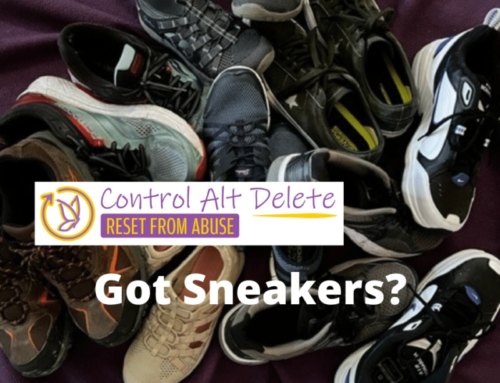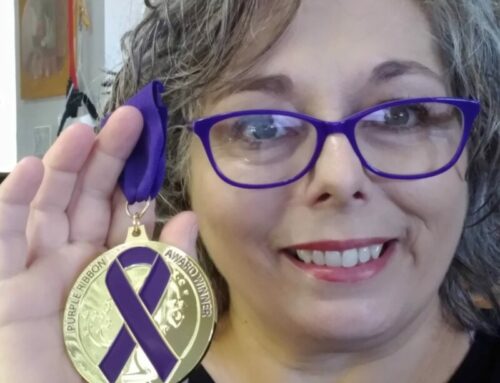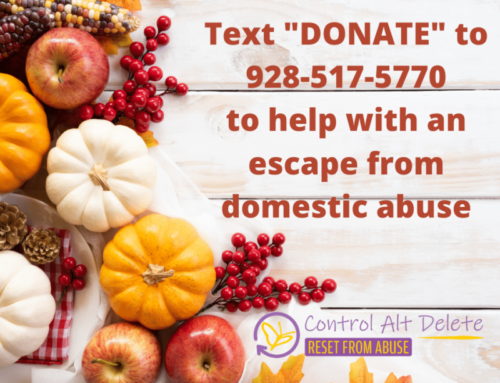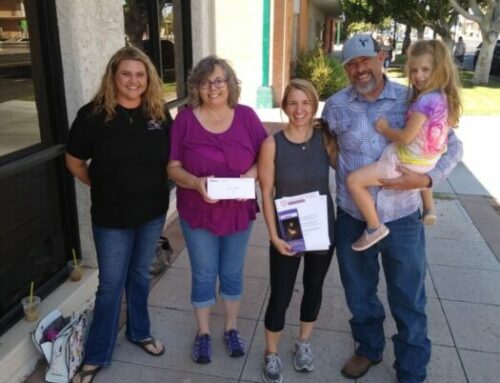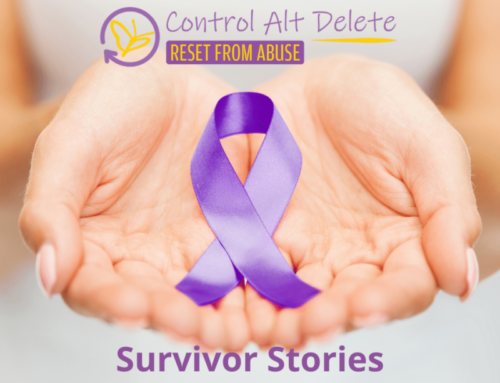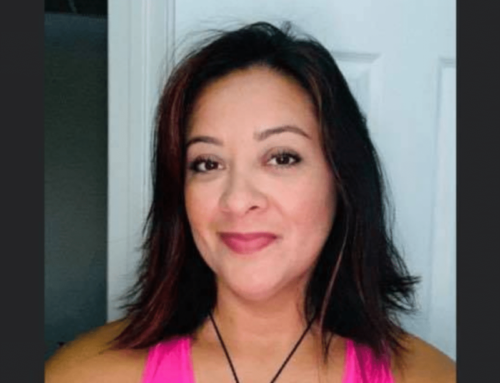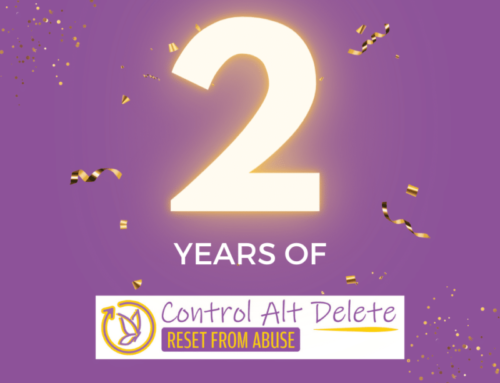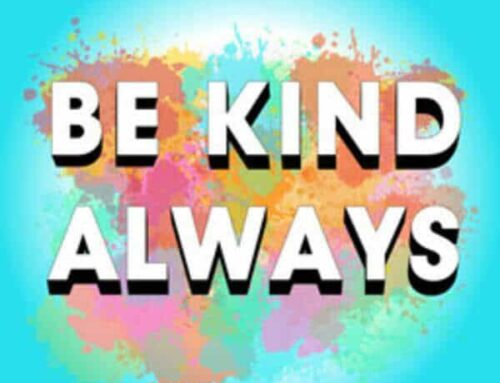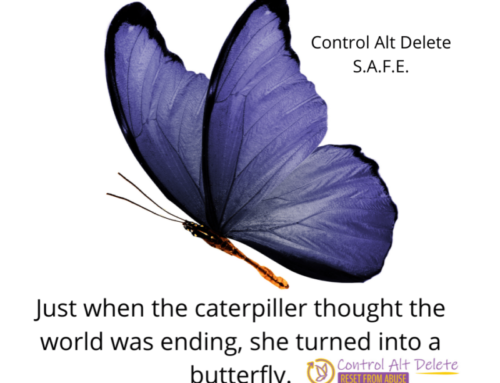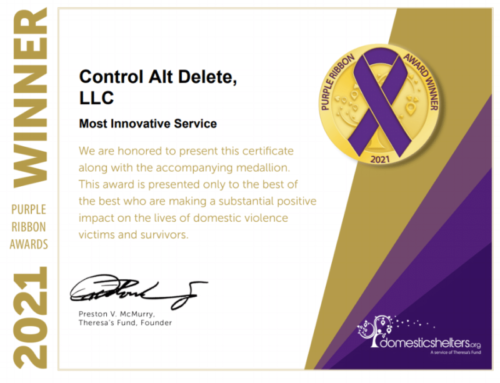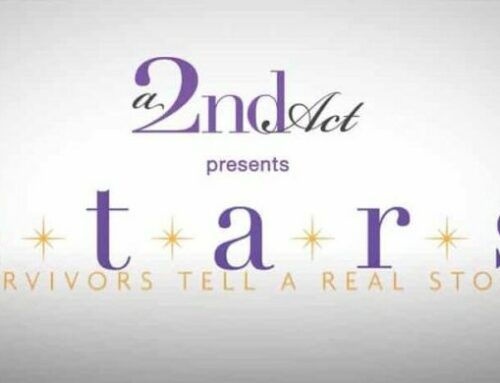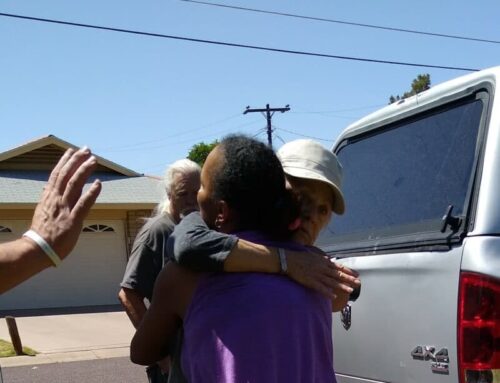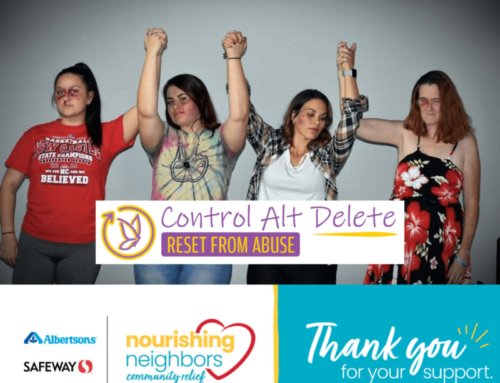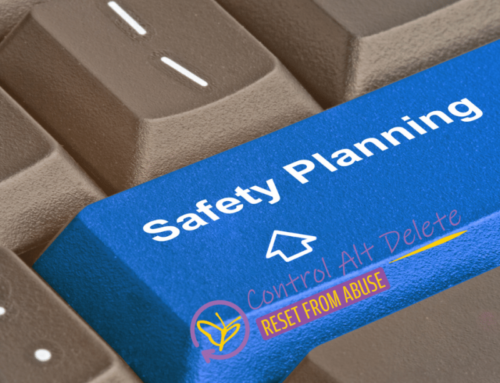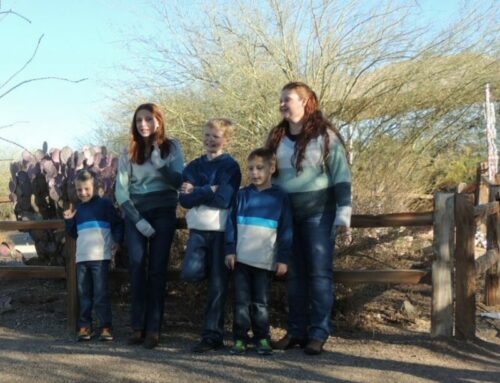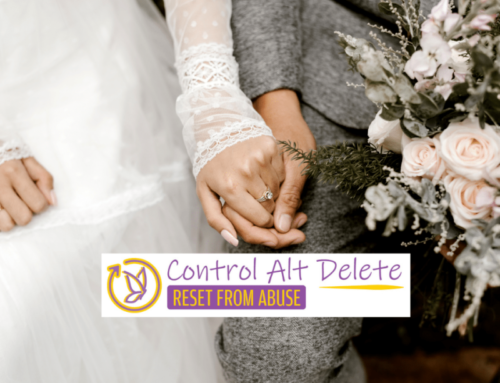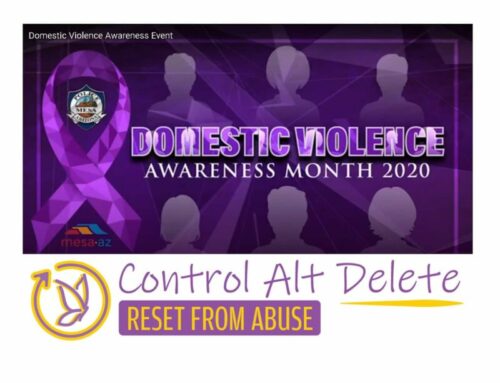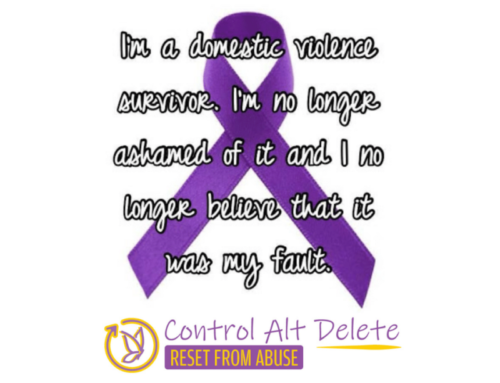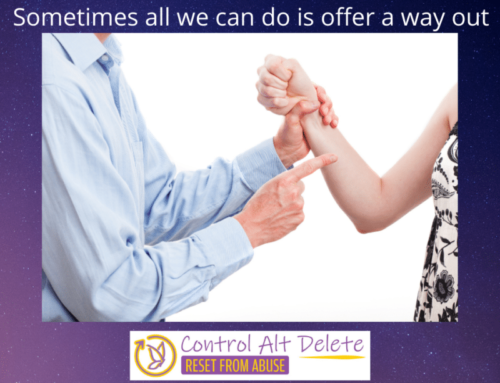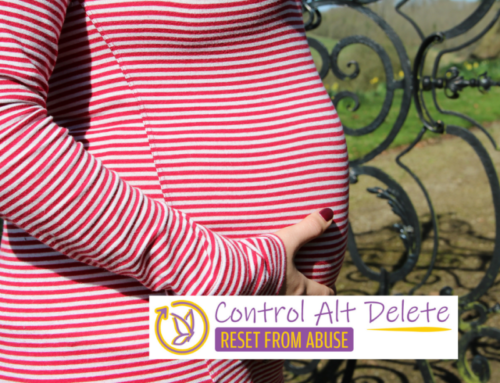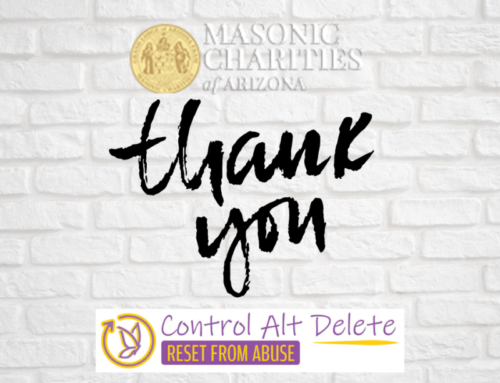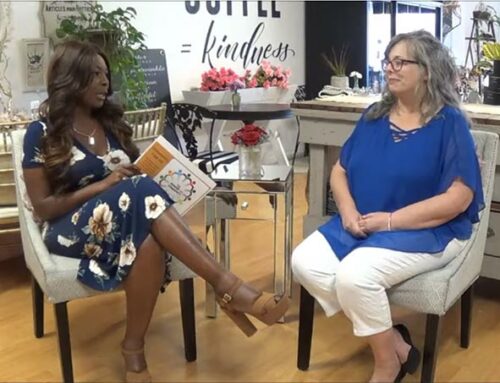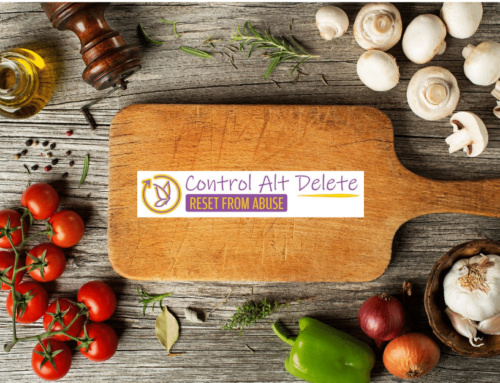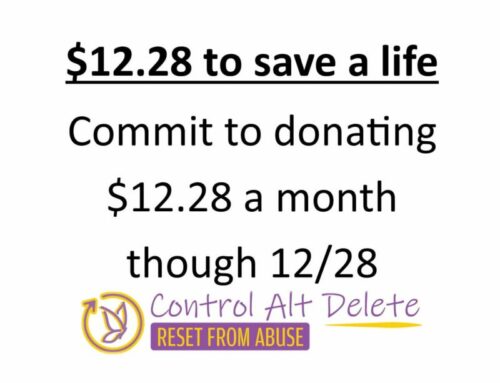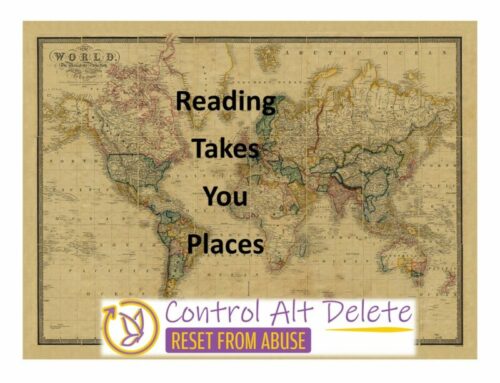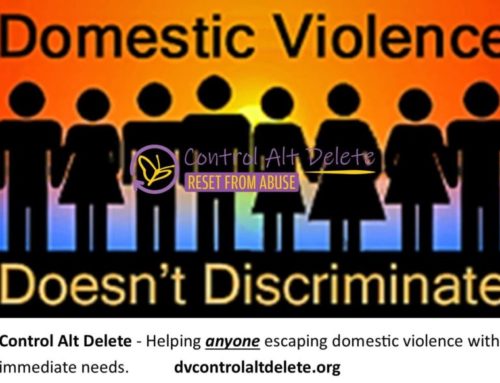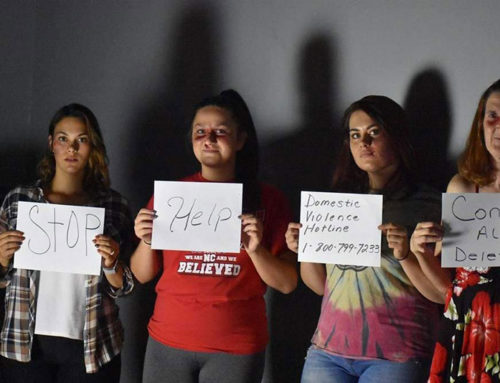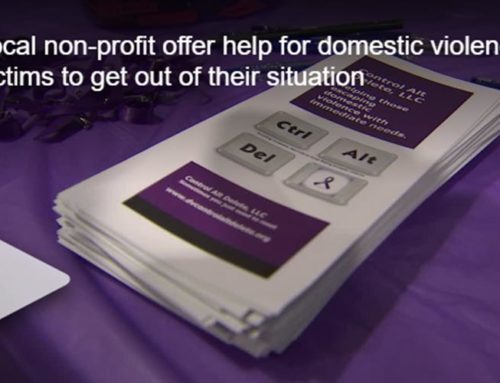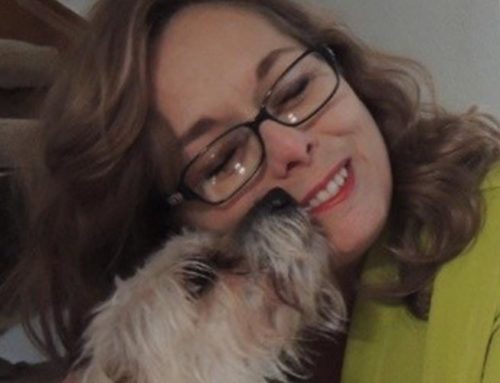In Retrospect: Seeing the Signs We Once Missed
One of the hardest parts of healing from abuse is what happens after the danger is over: looking back, and reflecting. For many Survivors, this involves Realizing things they didn’t recognize at the time. Often, questions like “How come I didn’t see it then?”, “Why didn’t I believe my own instincts?”, “Why did I stay so long?” become part of the journey. These reflections are painful—but they can also be deeply healing and powerful.
Why the Signs Were Missed
Abuse seldom starts with outright violence. It usually begins quietly—insidiously—with small behaviors that feel confusing, inconsistent, or even loving at first. By the time things escalate, many Survivors realize they missed early red flags because of a mix of psychological, social, and emotional factors. Below are some reasons why people often don’t see the signs:
-
Normalization of unhealthy behavior
When emotionally abusive behavior is common in someone’s environment (family, community, media), it can feel “normal.” So when something is odd, hurtful, or controlling, it may be dismissed as “just what relationships are like.” -
Intermittent reinforcement / trauma bonding
Abusers often alternate harmful behavior with kindness, apologies, or affection. These periods of calm or tenderness can create hope, making a person believe things will get better—even when patterns repeat. These cycles foster strong emotional bonds that make leaving or even seeing the truth difficult. -
Fear
Many Survivors fear what will happen if they push back or leave—the violence could escalate, or children, pets, or loved ones could be endangered. Fear of the unknown, or fear of losing support or safety, are powerful deterrents. -
Financial dependency and lack of resources
Leaving takes money, access to safe housing, transportation, and others. If a Survivor is financially reliant on the abuser, that can feel like being trapped. -
Guilt, shame, blame
Survivors are often manipulated into believing that they are partly responsible, or that they caused the abuse, or that they don’t deserve better. These internalized messages can silence intuition and self-trust. -
Confusion / denial
Sometimes, people dismiss early signs because they hope for the “good partner” version, believe promises of change, or cannot reconcile how someone who shows love in some ways can also hurt in others. Cognitive dissonance (holding two conflicting ideas) can be overwhelming. -
Lack of awareness or education
Not everyone has been exposed to information about what abuse looks like, especially emotional, psychological, financial, or coercive control. If someone doesn’t know what control or manipulation is, they may interpret serious abuse as “just personality,” stress, or conflict. -
Social isolation / weak support networks
If friends, family, or community don’t see or believe what is happening, or if the Survivor doesn’t feel they can share, then there are fewer mirrors to reflect what’s actually happening. Isolation helps abusers hide the truth.
What the Research Tells Us
-
A recent study found non-violent behaviours (what many think of as “just quirks” or small control tactics) can statistically predict later intimate partner violence. These early warning signs often go unnoticed.
-
Survivors of abuse are 3 times more likely than non-Survivors to meet the criteria for PTSD.
-
They are also twice as likely to exhibit symptoms of depression.
-
When it comes to disclosing abuse (especially in childhood), many wait years. For example:
-
Survivors of child sexual abuse took on average 23.9 years to speak about it. Child Safety Practice Manual
-
In another study of young people, even when they tried to disclose, it took on average 7 years for full disclosure; many attempts were ignored, downplayed, or misunderstood. NSPCC Learning
-
The Power of Reflection in Healing
Looking back doesn’t mean blaming self. Often it’s about reclaiming the narrative—and recognizing how very real, and very skilled, abusers are at hiding their patterns. Reflection helps Survivors:
-
understand they were not “crazy,” or “weak” — the control and manipulation were real.
-
see patterns, so that future relationships can be safer.
-
connect with others who had similar experiences, reducing shame and isolation.
-
help people still in abusive situations see the flashes of red themselves.
Why We Share Survivor Stories
This is why stories matter. Survivor stories are not just cathartic—they are life-saving.
-
They reflect what others may be feeling but can’t articulate.
-
They teach people what warning signs look like in real life (not just in textbooks).
-
They validate experiences, making others feel less alone.
-
They inspire courage: when someone sees a story and thinks, “That’s me,” it can be a spark toward safety.
Gentle Warnings and Empowerment
For those still in situations that feel “off,” here are gentle reminders / red flags to trust your gut on:
-
If you often alter your behavior to avoid upsetting your partner.
-
If small criticisms quickly escalate.
-
If you feel guilty all the time, even when nothing obvious is wrong.
-
If you’re being isolated from friends or support.
-
If apologies are frequent but change never sticks.
-
If you worry afterward about your safety.
You deserve to be heard. You deserve to be safe. You deserve kindness, consistency, respect.
Hope & Next Steps
Healing takes time, and reflection is one tool in the journey. Some steps that help:
-
Talk with someone you trust about what you remember / feel.
-
Write or journal what you thought then vs what you see now.
-
Seek therapy or support groups—hearing others’ stories can help you piece together your own.
-
Educate yourself on different forms of abuse. The more you know, the more power you have.
-
Create a safety plan if you feel you may be in danger—physically, emotionally, financially.
Looking back will always be a part of moving forward. It’s okay if you didn’t see the signs—they were hidden in plain sight in many ways. But now you do see them. That awareness becomes part of your strength. And every shared Survivor story adds to a map others can follow out of darkness.
